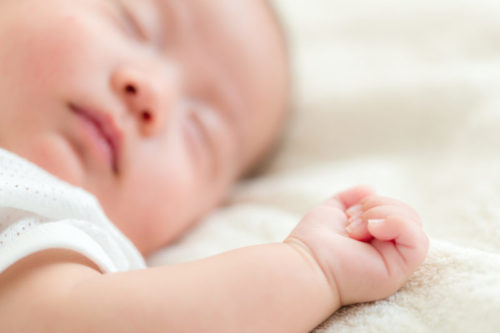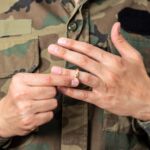This article has been kindly provided by Kay Ganguly, a Consultant Physiotherapist and Expert Witness at Healing Touch Physiotherapy Ltd.
The Brachial Plexus is a complicated bundle of nerves that runs from the neck into the shoulder region and down the arm; it supplies the arm and hand with movement and sensation. Most brachial plexus injuries occur during birth when the complex is put under tension. The aetiology is a tearing force caused by traction to the head or arm. It may be associated with shoulder dystocia when, following delivery of the head, the anterior shoulder becomes stuck behind the symphysis pubis.
The plexus is bruised and swollen following the injury and therefore does not allow the nerves to function correctly, causing loss of sensation and /or movement. As the soft tissue injury resolves, the baby will begin to regain some movements, different muscles may recover at different speed. There are varying degrees of injury, most of them being mild and the baby will fully recover movement quickly. The more complicated injury is when the nerve or the nerves have been more extensively damaged or even snapped. Some injuries will still recover in time, but others require more extensive treatment. Early diagnosis is essential so that appropriate treatment can begin and some injuries require surgery to repair the nerve.
The baby is left with reduced movement of their arm and sometimes the arm remains lying by the side of the body and not moving as well as the other arm.
Assessment
Physical examination and other investigations, e.g. EMG, are necessary to determine prognosis and the need for operative intervention.
The Toronto Test Score quantifies upper-extremity function and can be used to predict recovery in infants with brachial plexus birth palsy. It is designed to predict outcome, and to differentiate between good and poor recovery groups. If the score is less than 3.5 at 3 months of age, poor recovery is expected.
Initial Physiotherapy Advice for Parents
Positioning and Handling
- touch and gently move your baby’s arm;
- do not pull on the affected arm, nor lift under the armpits when lifting their baby; and to ensure that the arm is well supported with the shoulder, elbow, wrist and hand in a neutral position – wrapping the baby in a blanket when moving may make handling easier in the early weeks;
- keep your baby’s arm close to their side, or in a forward position when holding or feeding;
- support your baby’s arm with a rolled up towel to keep the arm in a neutral position when the baby is lying on their back;
- start with your baby’s affected arm first when dressing, and when undressing to start with the unaffected arm;
- hold your baby’s affected arm close to their body and to carefully dry under the arm, and in the soft tissue folds when bathing your baby
Sensory Stimulation
Sensory stimulation is important for enhancing motor performance, as well as for minimizing neglect of the affected limb.
Parents are advised to:
- move and handle both upper limbs equally
- hold your baby’s hand and gently massage the arm
- place your baby’s hand on breast or bottle during feeding
- bring your baby’s hands together, and to their face, drawing visual attention to the affected limb;
- encourage weight bearing through your baby’s affected arm as this provides proprioceptive input and can also contribute to skeletal growth, when the baby has developed sufficient head control.
Supportive Positions
Lying on back:
- Use a towel to support the arm if it is still very floppy;
- If your baby’s head tends to turn away from his affected arm try to keep their head in the middle during these activities and encourage turning towards the affected arm
Lying on tummy
- If the baby’s arm is very floppy a small towel/roll needs to be used under the chest to help take some of the weight off the affected arm;
- Initially you may want to support the baby on your chest rather than lie them on the floor/bed;
- The aim is to work towards your baby taking weight equally through both forearms;
- The towel can be discarded when your baby can support himself through the affected arm;
- Sitting for short periods in an inclined position – g. In a supportive baby car seat or on your knee;
- If your baby’s arm falls backwards it will need to be supported by you or on a small blanket or towel.


















